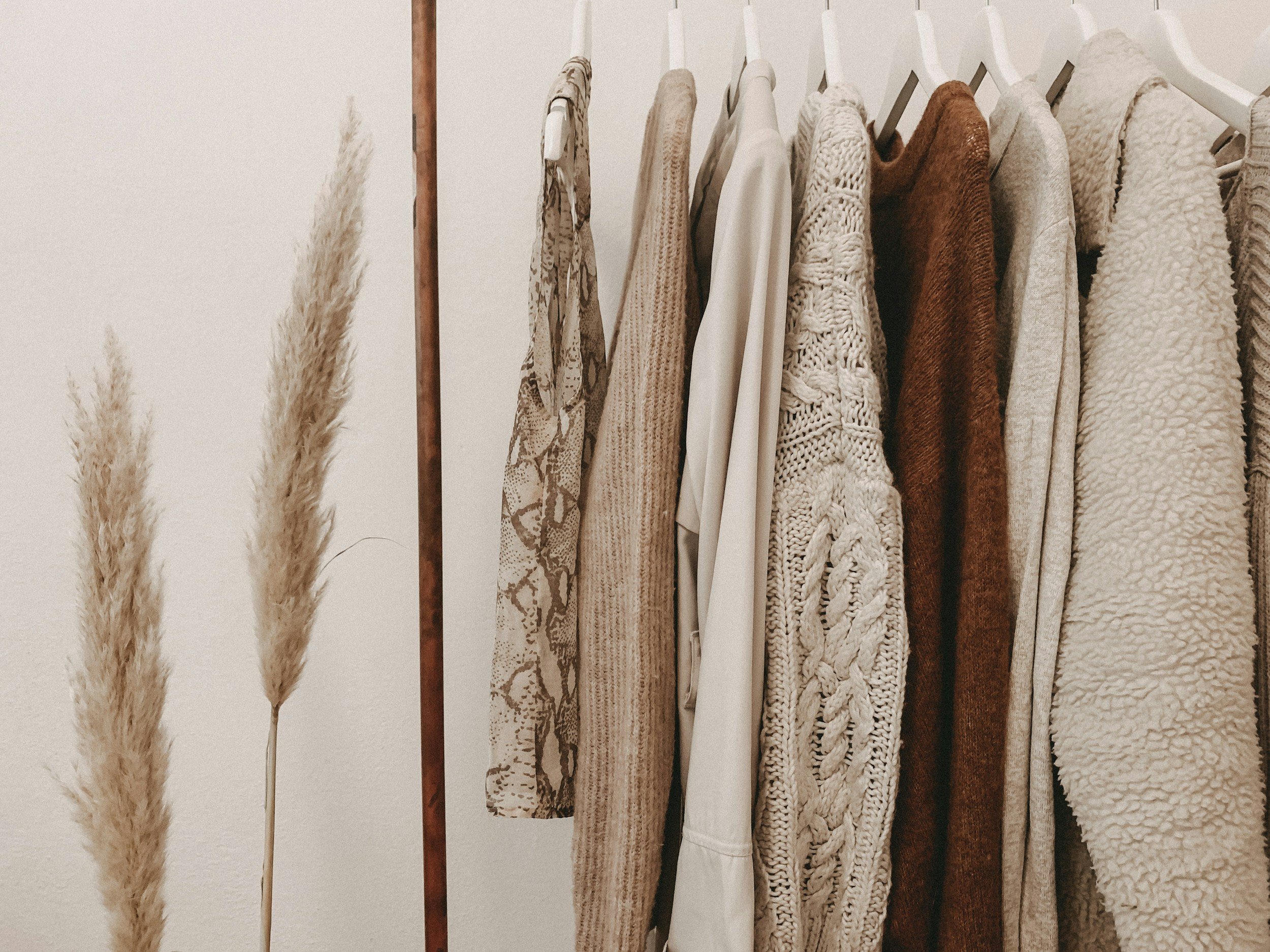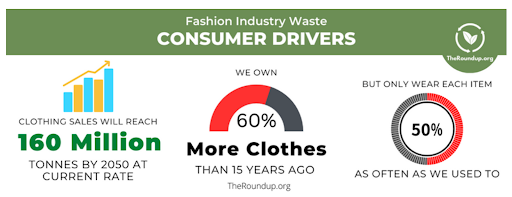The big picture.
Continuing our discussion on how to cultivate a more sustainable life, let’s delve into more detail on the holistic part of the equation. What does holistic mean? What does it mean to make holistic choices? How does this connect to a sustainable lifestyle? Let’s explore!
Holistic choices are ones which encompass both a life-centric and earth-centric focus. These are choices that have an impact on both earth and life. Most choices impact both aspects but for them to be holistic, it implies that the impact is more balanced across both areas.
You may recall in part 1 of this series, we discussed that in our modern world products have been separated from the manufacturing process. So much so, that It is no longer obvious what goes into producing those beautifully packaged items on the store shelves. Fast fashion is an example of this with brands luring the consumer with fancy marketing, rapid clothing cycles, and preyed on our interest in looking good. They hide the ugliness of production realities and this lack of transparency results in depriving the consumer of the ability to make an active choice in whether to be a part of human or animal suffering.
Let’s explore the holistic decision making points using fast fashion as an example.
A holistic approach in fast fashion involves a combination of life-focused and earth-focused change.
Life-focused considerations.
Clothing and beauty’s connection to life-focused choices may not be as obvious at first glance, but when we pause to think about materials like leather and wool, the connection to animals starts to become clearer.
Here are some facts to consider:
-
To keep up with the increasing demand for leather, the fashion industry is projected to slaughter 430 million cows by 2025. Kindhub’s deep dive into leather is here.
-
Approximately 1.16 Billion sheep produce wool annually but only 1% is responsibly sourced to avoid painful mutilation of the animals such as tail clipping and muleskining.
What about the human element?
Our consumption of clothing has increased dramatically.
-
Clothing production has doubled between 2000 and 2014
-
During this time, purchasing per capita has increased 60%
-
Clothing is also kept half as long as previously
This rapid increase has a human toll which is often not discussed enough.
-
The majority of clothing production labor is offshored to countries such as India, Bangladesh, Cambodia and Romania.
-
Women and young children do the brunt of the work and are not paid a living wage.
-
Nine out of ten workers interviewed in Bangladesh cannot afford enough food for themselves and their families, forcing them to regularly skip meals and eat inadequately, or go into debt
-
In Bangladesh, 1 in 3 workers are separated from their families due to poor economic conditions.
-
Kindhub’s post on fashion waste is here.
-
Fast fashion is the second largest consumer of water.
-
It takes 2000 gallons of water (or 116 average length showers) to make a single pair of jeans.
-
Buying one cotton shirt produces the same amount of emissions as driving 35 miles in a car.
-
Half a million tons of plastic microfibers are dumped into the ocean every year, the equivalent of 50 billion plastic bottles.
Fast Fashion:
How can we make change with a holistic approach?
Overconsumption is a core driver of these statistics and is preventing us from building a sustainable life. It is important to put ourselves back in the decision-making process and not be influenced by marketing machines designed to prevent this. How do your habits compare to the statistics above?
-
Buy less and use what you have.
-
Each cotton t-shirt that you don’t buy saves 700 gallons of water – the equivalent of drinking water for one person over 2.5 years!
-
Wash clothing less.
-
Washing clothing every 10 times instead of every 2 times reduces energy use, climate change impact, and water intake by up to 80%.
-
Shop your closet.
-
People only wear 20% of the clothes in their closet.
-
-
A significant percentage of thrifted clothes end up in landfills so consider recycling clothing instead of donating them.
-
In order to make holistic choices, especially in fashion, ask yourself…
-
Do I really need as many clothes as I think I do?
-
What do I need vs what I want?
-
How are my choices affecting animals and humans?
-
What are my alternatives? Read more here.


